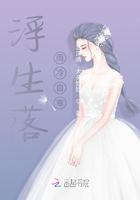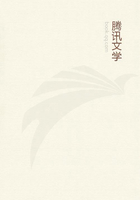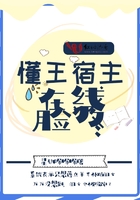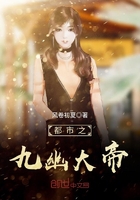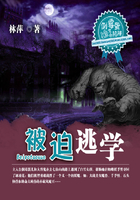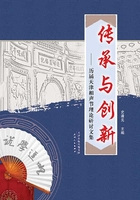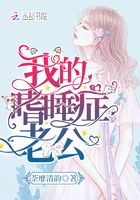Often customs of this sort are practised, not on the harvest-field but on the threshing-floor. The spirit of the corn, fleeing before the reapers as they cut down the ripe grain, quits the reaped corn and takes refuge in the barn, where it appears in the last sheaf threshed, either to perish under the blows of the flail or to flee thence to the still unthreshed corn of a neighbouring farm. Thus the last corn to be threshed is called the Mother-Corn or the Old Woman. Sometimes the person who gives the last stroke with the flail is called the Old Woman, and is wrapt in the straw of the last sheaf, or has a bundle of straw fastened on his back. Whether wrapt in the straw or carrying it on his back, he is carted through the village amid general laughter. In some districts of Bavaria, Thüringen, and elsewhere, the man who threshes the last sheaf is said to have the Old Woman or the Old Corn-woman; he is tied up in straw, carried or carted about the village, and set down at last on the dunghill, or taken to the threshing-floor of a neighbouring farmer who has not finished his threshing. In Poland the man who gives the last stroke at threshing is called Baba (Old Woman); he is wrapt in corn and wheeled through the village. Sometimes in Lithuania the last sheaf is not threshed, but is fashioned into female shape and carried to the barn of a neighbour who has not finished his threshing.
In some parts of Sweden, when a stranger woman appears on the threshing-floor, a flail is put round her body, stalks of corn are wound round her neck, a crown of ears is placed on her head, and the threshers call out, Behold the Corn-woman. Here the stranger woman, thus suddenly appearing, is taken to be the corn-spirit who has just been expelled by the flails from the corn-stalks. In other cases the farmer's wife represents the corn-spirit. Thus in the Commune of Saligné (Vendée), the farmer's wife, along with the last sheaf, is tied up in a sheet, placed on a litter, and carried to the threshing machine, under which she is shoved. Then the woman is drawn out and the sheaf is threshed by itself, but the woman is tossed in the sheet, as if she were being winnowed. It would be impossible to express more clearly the identification of the woman with the corn than by this graphic imitation of threshing and winnowing her.
In these customs the spirit of the ripe corn is regarded as old, or at least as of mature age. Hence the names of Mother, Grandmother, Old Woman, and so forth. But in other cases the corn-spirit is conceived as young. Thus at Saldern, near Wolfenbuttel, when the rye has been reaped, three sheaves are tied together with a rope so as to make a puppet with the corn ears for a head. This puppet is called the Maiden or the Corn-maiden. Sometimes the corn-spirit is conceived as a child who is separated from its mother by the stroke of the sickle. This last view appears in the Polish custom of calling out to the man who cuts the last handful of corn, You have cut the navel-string. In some districts of West Prussia the figure made out of the last sheaf is called the Bastard, and a boy is wrapt up in it. The woman who binds the last sheaf and represents the Corn-mother is told that she is about to be brought to bed; she cries like a woman in travail, and an old woman in the character of grandmother acts as midwife. At last a cry is raised that the child is born; whereupon the boy who is tied up in the sheaf whimpers and squalls like an infant. The grandmother wraps a sack, in imitation of swaddling bands, round the pretended baby, who is carried joyfully to the barn, lest he should catch cold in the open air. In other parts of North Germany the last sheaf, or the puppet made out of it, is called the Child, the Harvest-Child, and so on, and they call out to the woman who binds the last sheaf, you are getting the child.
In some parts of Scotland, as well as in the north of England, the last handful of corn cut on the harvest-field was called the kirn, and the person who carried it off was said to win the kirn. It was then dressed up like a child's doll and went by the name of the kirn-baby, the kirn-doll, or the Maiden. In Berwickshire down to about the middle of the nineteenth century there was an eager competition among the reapers to cut the last bunch of standing corn. They gathered round it at a little distance and threw their sickles in turn at it, and the man who succeeded in cutting it through gave it to the girl he preferred. She made the corn so cut into a kirn-dolly and dressed it, and the doll was then taken to the farmhouse and hung up there till the next harvest, when its place was taken by the new kirn-dolly. At Spottiswoode in Berwickshire the reaping of the last corn at harvest was called cutting the Queen almost as often as cutting the kirn. The mode of cutting it was not by throwing sickles. One of the reapers consented to be blindfolded, and having been given a sickle in his hand and turned twice or thrice about by his fellows, he was bidden to go and cut the kirn. His groping about and making wild strokes in the air with his sickle excited much hilarity. When he had tired himself out in vain and given up the task as hopeless, another reaper was blindfolded and pursued the quest, and so on, one after the other, till at last the kirn was cut. The successful reaper was tossed up in the air with three cheers by his brother harvesters. To decorate the room in which the kirn-supper was held at Spottiswoode as well as the granary, where the dancing took place, two women made kirn-dollies or Queens every year; and many of these rustic effigies of the corn-spirit might be seen hanging up together.


